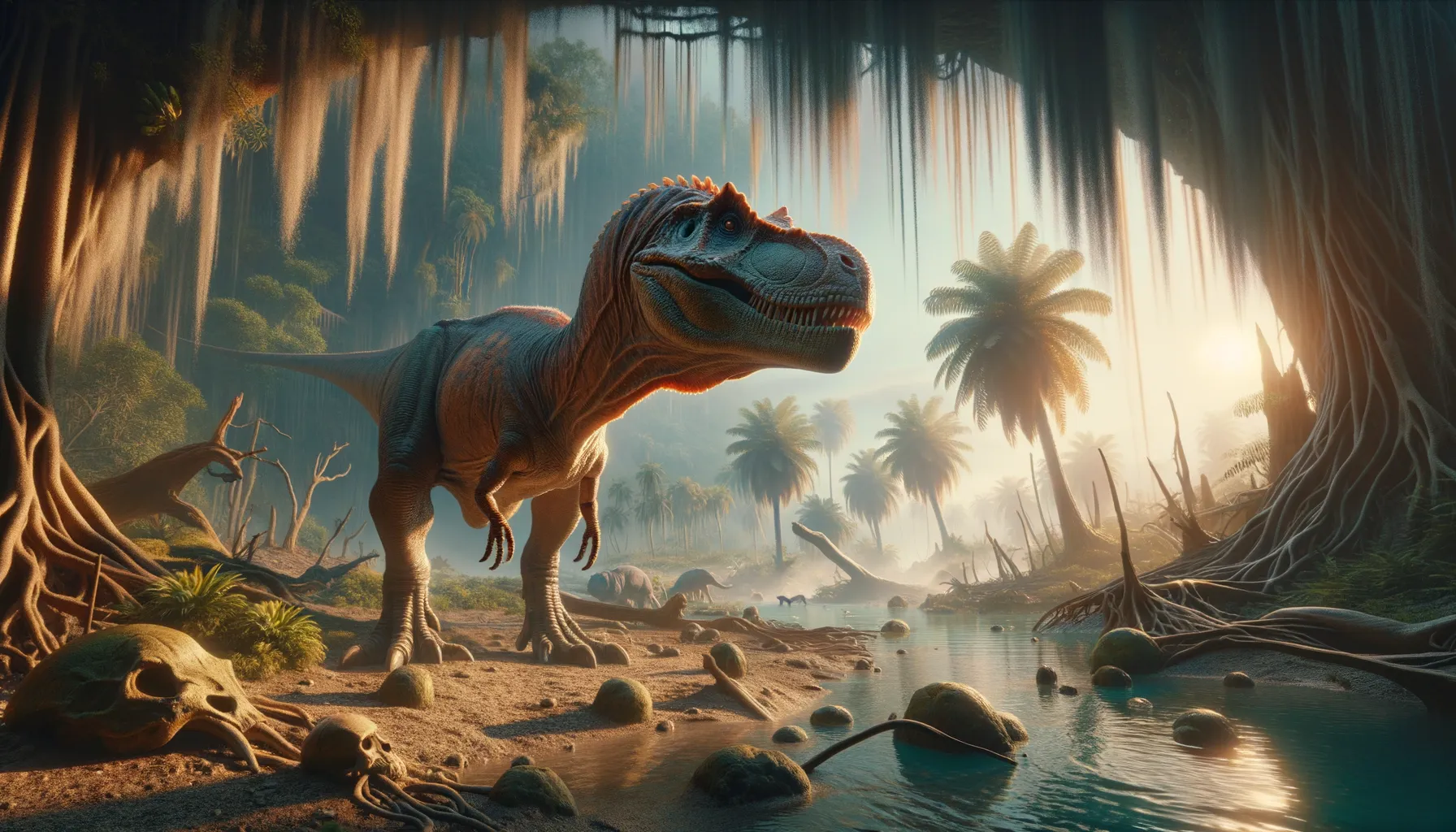
Coloradia
Mysteries of the ancient Cretaceous realm
Period
Cretaceous
Length
Exact length is unknown.
Height
Height is not well-documented.
Weight
Exact weight is uncertain.
Coloradia is a lesser-known dinosaur from the Cretaceous period, with limited available information about its specific characteristics and lifestyle. Fossil evidence suggests it might have inhabited regions with varying environmental conditions, necessitating adaptability. While exact details remain under research, its fossils provide insight into the diverse and complex ecosystems of its era.
Diet
Due to limited fossil evidence, the specific diet of Coloradia remains unknown. However, like many dinosaurs of its era, it might have been herbivorous, consuming a variety of vegetation available in its habitat.
Hunting
If Coloradia was indeed herbivorous, it would not have exhibited traditional hunting behavior but instead foraged for plants. Its precise behaviors are speculative, given the limited fossil records.
Environmental challenges
Living during the Cretaceous period meant facing environmental fluctuations such as climate changes and volcanic activity. These factors may have influenced food availability and the landscape. The diverse Cretaceous ecosystem also presented the challenge of coexisting with a range of species, requiring adaptability.
Speed
Unknown, but likely slow-moving.
Lifespan
Estimates are unclear; likely around a few decades.
First discovery
Details about the first discovery are scarce.
Fun Facts
- Coloradia is an intriguing genus of dinosaur known mostly from its tracks found in the Western United States.
- This dinosaur lived during the late Jurassic period, which was about 150 million years ago.
- The name Coloradia comes from the state of Colorado, where many of its tracks have been discovered.
- Unlike many other dinosaurs, Coloradia is mainly known from its fossilized footprints rather than bones.
- The footprints of Coloradia suggest it was a bipedal dinosaur, meaning it walked on two legs.
- The tracks indicate that Coloradia was likely a fairly quick and agile dinosaur.
- Speculations from the footprints suggest Coloradia might have had a bird-like stance.
Growth and Development
Coloradia's growth patterns and development stages are largely unknown due to insufficient fossil evidence. However, like many dinosaurs, it likely experienced rapid growth during juvenile stages. Understanding its development could shed light on broader evolutionary trends within the Cretaceous period.
Habitat
Coloradia's exact habitat remains unidentified, but it likely roamed areas with lush vegetation during the Cretaceous. The region may have included forests or floodplains that supported a rich supply of plants. Such environments would have provided shelter and nourishment, crucial for its survival.
Interaction with other species
As with many Cretaceous dinosaurs, Coloradia coexisted with various other species, both herbivorous and carnivorous. Its interactions were likely driven by competition for food resources and avoiding predators. Social behaviors, while speculative, might have included basic herd dynamics or solitary tendencies.
Natural lifespan
Insights into Coloradia's natural lifespan remain speculative.
Reproduction
Without direct fossil evidence, Coloradia's reproductive habits are speculative. As with many dinosaurs, it may have engaged in egg-laying with nesting behaviors. Parental care, if practiced, remains an area for further research.
Social behaviour
There is limited information on Coloradia's social behavior or group dynamics. It might have lived in herds or been more solitary, factors typically influenced by environmental conditions and predation pressures.
Fossil locations
Currently, fossil evidence for Coloradia is sparse, with no prominent locations identified across known excavation sites. New discoveries in likely Cretaceous period locales might eventually uncover more evidence, enhancing our understanding of this enigmatic dinosaur.
